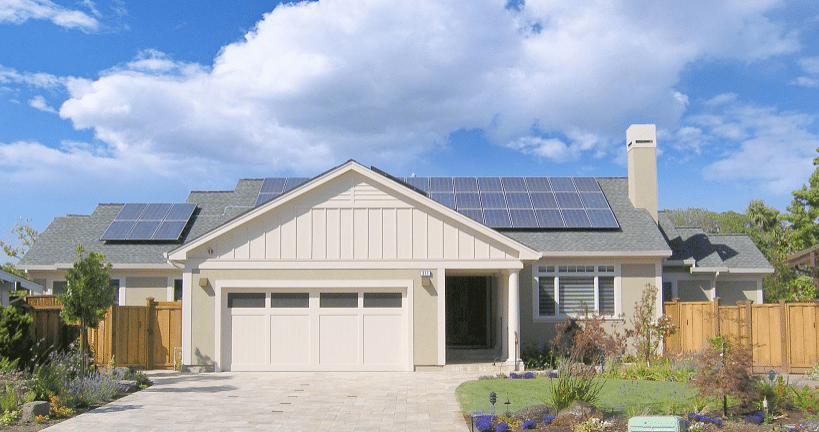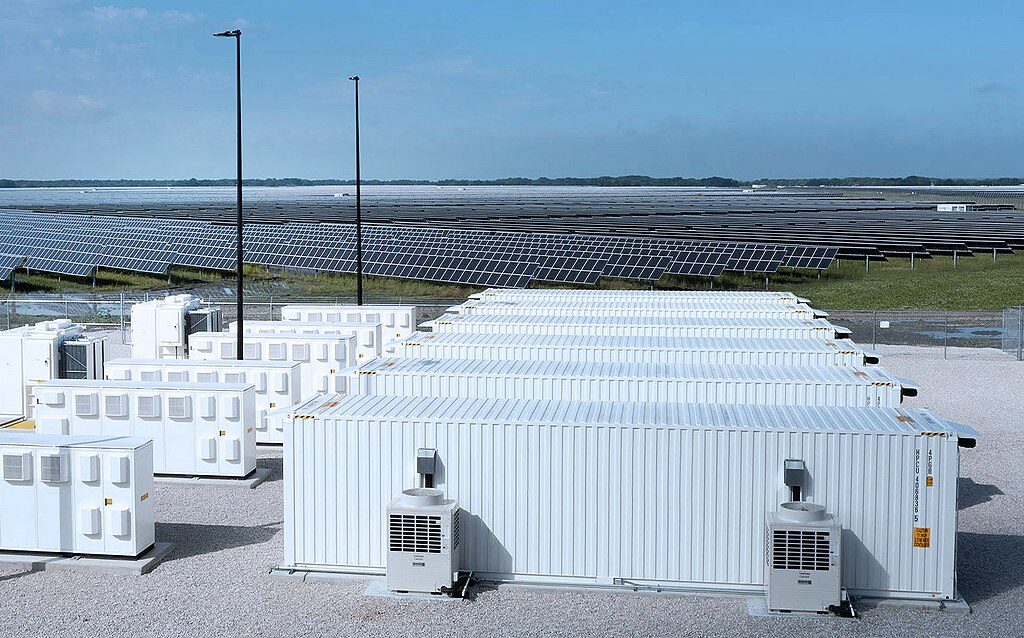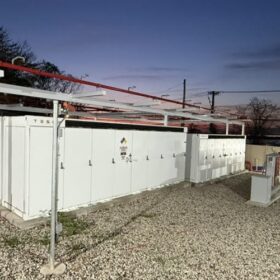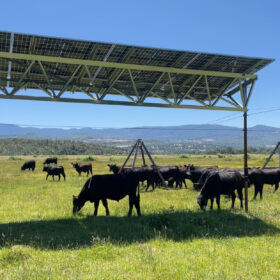The Sacramento Municipal Utility District (SMUD) has introduced a proposal before the California Energy Commission to allow home builders to forgo installing rooftop solar and new community solar projects by having the planned homes enter into a community solar + storage program.
According to the proposal, participating homeowners would join into an existing community solar project or one that is currently under development, such as the 13 MW Wildflower Solar project currently under development in the Rio Linda area in northern Sacramento County.
SMUD has explained that the proposal is being introduced as a means of compromise to residential projects that may not be conducive to onsite solar. Specifics as to what may may a home unsuitable for a residential installation were not given.
Opponents of the proposal, including Vote Solar, have argued that the measure would set a dangerous precedent for the future of the California rooftop solar mandate and take issue with the scope of projects included by SMUD.
The root of the dilemma that the Commission finds itself in is that the Title 24 Standards do not define the meaning of a “community shared electric generation system” or a “community shared battery storage system” in a precise manner. The Commission, understandably, wanted to encourage community solar programs and not be overly prescriptive on how they were to be implemented. However, that desire for flexibility in compliance has created a loophole that could completely eviscerate the goals of the updated Title 24 Standards in promoting zero net energy buildings. If SMUD’s request is approved it is likely that other load-serving entities that have RPS compliance requirements will propose something similar. If the Commission had simply wanted new buildings to use utility-scale solar then it certainly would have not gone through the detailed deliberations that resulted in the zero net energy requirement for new buildings.
Part of the issue referenced in the above quote from Vote Solar is SMUD’s definition of a community solar project, as the proposal includes the 160 MW Rancho Seco II project, currently under development in Sloughouse in southeast Sacramento County, as well as SMUD’s 60 MW portion of the Great Valley Solar 2 project located near Mendota and Fresno.
The idea here is that projects of that size undermine the definition and mission of community solar project, similar to the opposition facing Florida Power and Light’s Solar Together program. All of the projects being developed under Solar Together are defined as community solar projects, despite clocking in at 74.5 MW.
For reference, the vast majority of community solar projects are in the 1-5 MW range, with some, previously considered massive, outliers pushing the boundary to 20 MW. Not only would defining these larger projects as community solar render the definition as we know it to be obsolete, but Vote Solar shares that it appears like an attempt by SMUD to achieve multiple goals concurrently with one project.
As Vote Solar puts it:
Unfortunately, SMUD’s innovative zero net energy community pilot is not what SMUD is proposing as a community shared solar electric generation system compliance option. Instead, they are proposing to allocate portions of projects that they built or are building for compliance with California’s Renewable Portfolio Standard (“RPS”) as a way of also enabling homebuilders to comply with the Title 24 Standards. These large SMUD projects would almost certainly be completed regardless of the Commission’s decision as a way of moving SMUD towards the 60% RPS mandate required by SB 100.
This proposal will be an interesting one to watch develop, as it has major ramifications for SB 100, California’s rooftop solar mandate. Is it as simple as amending the mandate to be more flexible towards community alternatives to rooftop installations, or is it an attempt at repealing the mandate statewide?
This content is protected by copyright and may not be reused. If you want to cooperate with us and would like to reuse some of our content, please contact: editors@pv-magazine.com.









I suppose the larger Community solar systems will be subject to emergency shutdowns like PG&E problems. Small systems are an attempt to take care of oneself especially in event of emergency and also be a source of grid power during the peak Duck Curve time of day to the benefit if others.
Why can’t structural designs and Title 24 reqs. consider solar/wind conditions as hoped for by the new energy standards?
@Daniel, interesting point, will the community solar PV systems be controlled by the utility in a PSPS event? If one could control the system under that “standard”, could CAISO curtail generation if it is “determined” the “duck curve” is creating energy dumping to other States of the Union?
Basically the push for all alternative energy generation has created the vacuum of “generation control”. Early on the creation of the solar Peak generation time of day creates the “duck curve”, suppressing the price of electricity to a (negative value) per MWh generated. California was dumping power to other States and actually paying these States to take the power, then costs were raised from some of the same States when fueled generation was bought on the spot market for night time grid use. CAISO got involved and now “curtails”, shuts down solar PV and wind generation assets, while contracting to other generation entities for “ramping” generation. Now it’s throw away generation that is non-fueled and depend on more costly fueled generation to regulate and feed the grid at night. Much more distributed energy storage is needed at the local and regional level to correct this idiocy.